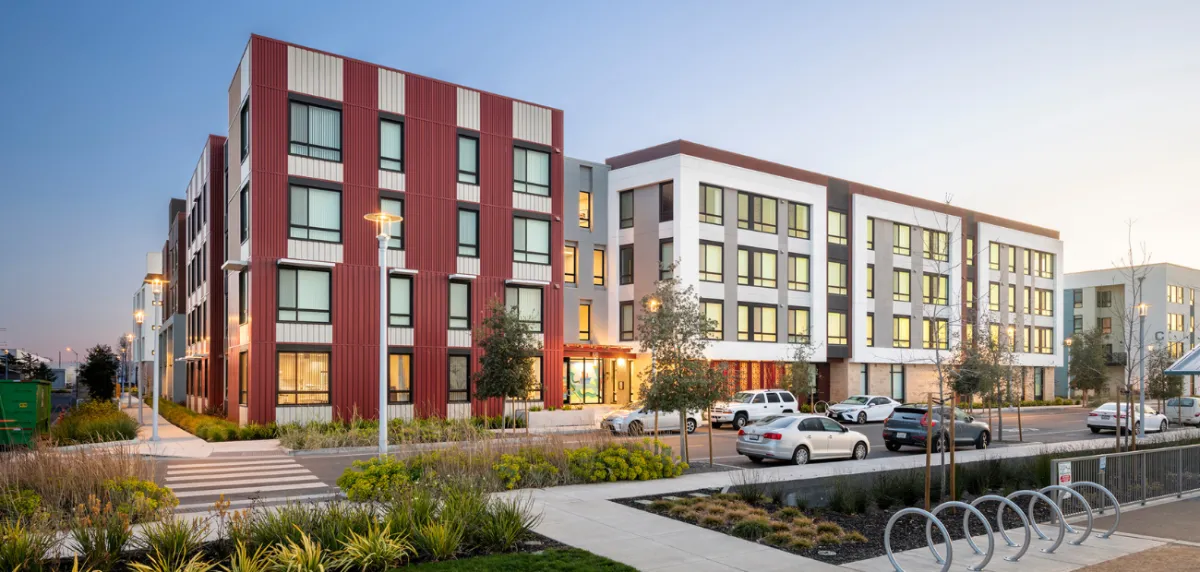When the Fed slashed rates to near zero two months ago, there was speculation that it would fuel a wave of commercial real estate refinancing. But then the deep crash in economic activity precipitated by nationwide shutdowns and the overall uncertainty created by the COVID-19 crisis quickly put that talk to an end.
Now, however, with some states taking cautious steps to reopen, the nation approaching nearly 400,000 COVID-19 tests per day and the commercial real estate sector having a better sense of what the long-term outlook might be, lenders are willing to talk about refinancing deals again.
This is particularly true for the multifamily sector, where agencies, life companies, banks and other sources have shown some willingness to do deals on well-positioned assets
Freddie Mac and Fannie Mae lenders are now making loans with all-in, fixed interest rates at 3 percent or even lower.
On May 12, the benchmark yield on 10-year U.S. Treasury bonds was 0.72 percent. It has hovered between 0.5 percent and 0.9 percent for several weeks. In comparison, in the months before the crisis, the benchmark yield hovered between 1.5 percent and 2 percent.
“It would be crazy for people not to think about refinancing,” says Dave Borsos, vice president of capital markets for the National Multifamily Housing Council. “It would be hard to pass up an interest rate of 3 percent or lower for a 10-year loan…
It could help you through what might be a couple tough months.”
Interest rates from Freddie Mac and Fannie Mae lenders could conceivably inch down a few more basis points, pros say, but not enough to warrant waiting if a deal is on the table. The spread between the interest rates offered by Freddie Mac and Fannie Mae and the yield on Treasury bonds is relatively thin considering the level of uncertainty about rent paymentsand how long the crisis will last. This spread is wider than it was before the crisis by only about 25 basis points, says Mitchell Kiffe, senior managing director and co-head of national production for debt and structured finance for CBRE Capital Markets, based in McLean, Va.
Borrowers do have to put more of their own money into financing apartment properties. For example, to get a permanent loan from Freddie Mac and Fannie Mae, borrowers also have to set aside some money for a debt service escrow. That money will be enough to cover to the payments on a permanent loan for between six months to a year, in case tenants stop making rent payments in the deepening economic crisis.
“There is a fair amount of uncertainty about rent collections over the next couple of months,” says Kiffe. “Net loan proceeds are lower.”
For a few weeks, during the worst, early days of the coronavirus crisis, all-in interest rates spiked higher for loans from Freddie Mac and Fannie Mae lenders, rising to around 4.5 percent because of chaos on the bond markets.
“In mid-to-late March, the credit markets were blowing up,” says Kiffe. Investors were dumping Fannie Mae bonds, along with anything else that seemed to have any kind of risk. The yield on 10-year, Fannie Mae DUS bonds grew to 200 basis points over swaps—if the bonds could find a buyer at all, says Kiffe.
Fortunately, the federal officials came to the rescue of the markets. In a series of announcements, the Federal Reserve announced the revival of the Great Recession-era Term Asset-Backed Securities Loan Facility (TALF). It is now buying agency-backed CMBS loans along with triple-A-rated private-label CMBS and collateralized loan obligations (CLOs).
Freddie Mac and Fannie Mae are also now lending without having to worry that they will reach the limits set on their lending by the Federal Housing Finance Agency. That’s because even though they are closing many loans to refinance apartment properties, they closed almost no loans on acquisitions in April and early May as invested sales activity dried up.
Borrowers and lenders have also had to adapt to doing business in a global pandemic, where all “non-essential” economic activity has ground to a halt. Most real estate professionals are working from home, when possible, to avoid infection.
“How do you inspect a property?” says Borsos. Borrowers and lenders have learned to work with a combination of video calls and documentation from previously completed inspections to underwrite deals.
Government offices have also begun to operate remotely to move paperwork needed to make deals. “For a few weeks you couldn’t get a mortgage recorded in Santa Clara County in California,” says Borsos. “They figured it out. People have adapted pretty quickly.”
Smaller banks and regional banks are also still making longer-term loans to apartment properties. “We are finding that relationships are absolutely critical,” says Kiffe. “Loan requests from existing customers are being received pretty well overall.”
However, the biggest banks are largely not making new loans. “By and large, the ‘money center’ banks are dealing with a lot of credit issues,” says Kiffe. They have large loans to parts of the economy that have been hit hard by the crisis, like the airline industry and the energy industry. “They have a lot of forbearance requests and workout requests,” says Kiffe. “They are not doing so much on new business functions.”
Many life companies are simply not making loans with interest rates so low. “In late March, life companies went to the sidelines,” says Kiffe. “They are pretty much still on the sidelines.”
Life companies make loans from their own balance sheets. Their cost of capital does not get any lower than it normally is, just because prices rise and yields fall on the bond markets. For the few life companies that are making loans, all-in interest rates are as low as 2.5 percent to 2.7 percent, for loans that cover 50 percent of the value of an apartment property, says Kiffe.
“Life company lenders are at their interest rate floors—probably through their floors,” says Borsos. “I think they are going to hesitate to drop their spread over Treasury bond yields much more.”
Meanwhile, a few conduit lenders that backed away during the depths of recent uncertainty are beginning to make apartment loans. “There is a lot of price discovery… though legacy bonds deals that priced in the last week went pretty well,” Kiffe says.
(Source: National Real Estate Investor) https://www.nreionline.com/multifamily/capital-markets-loosen-enough-allow-some-multifamily-refinacing











